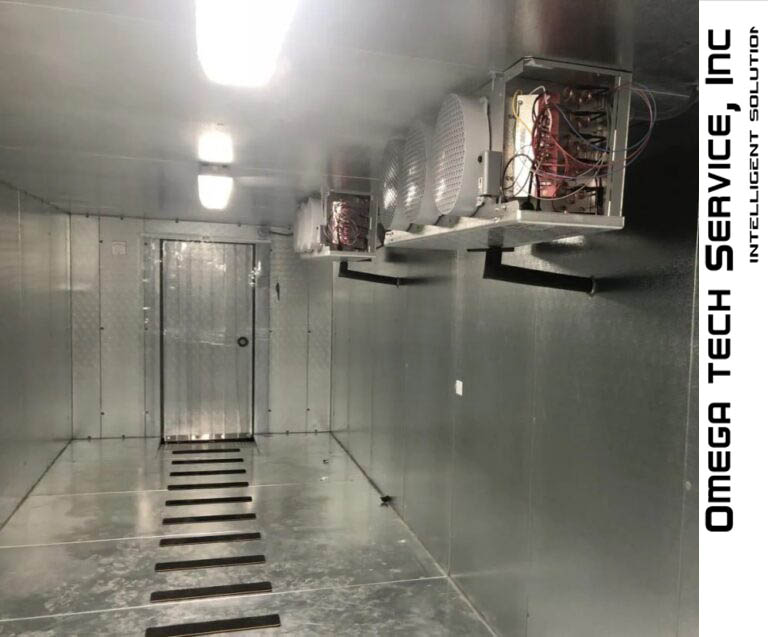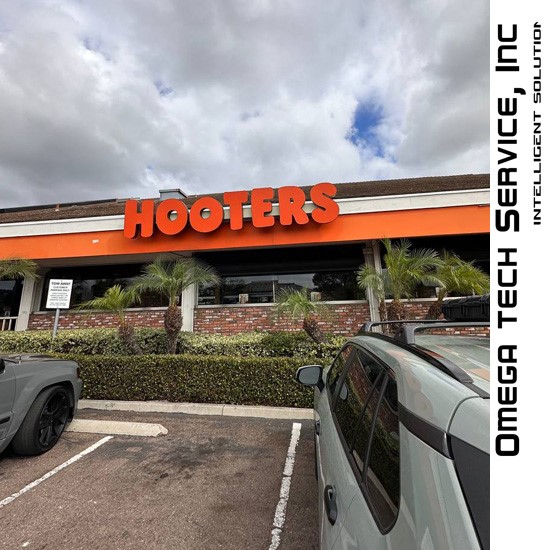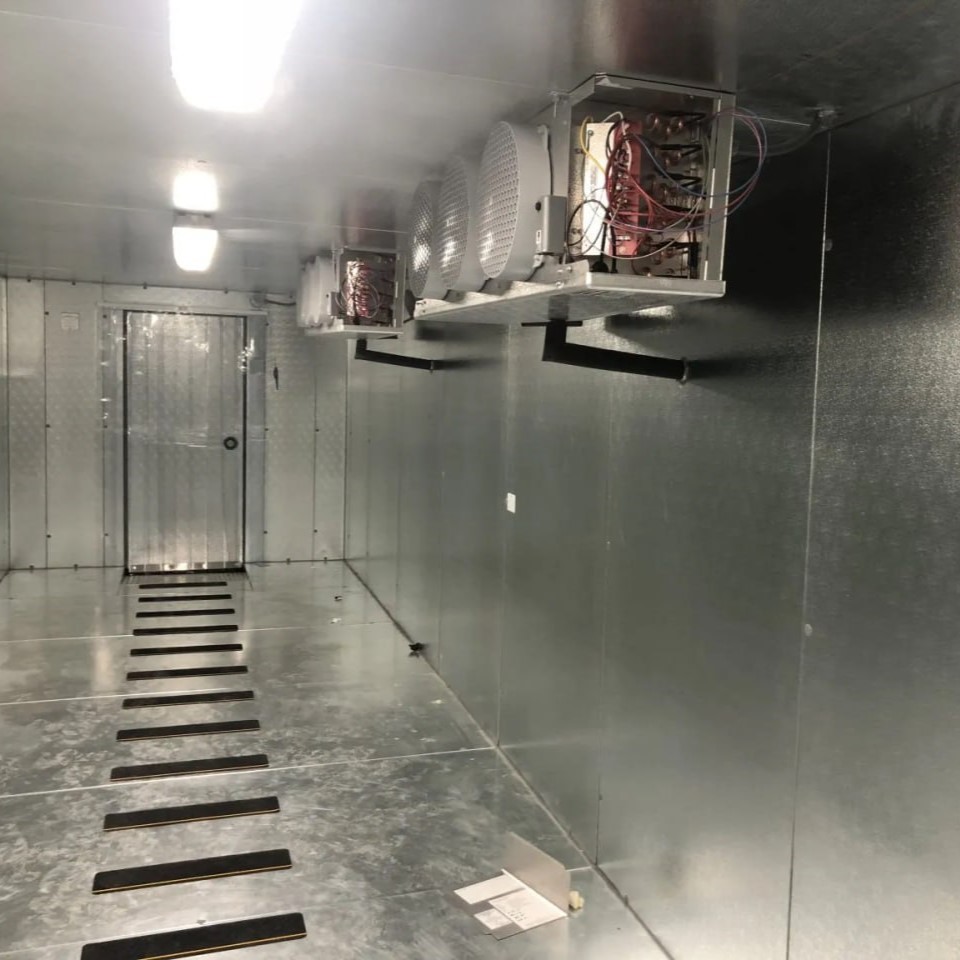For businesses in San Diego that rely on deep freezing—from large restaurants to warehouse complexes—a Walk-in Freezer failure is an immediate and critical threat. A breakdown doesn’t just spoil food; it can lead to the loss of tens of thousands of dollars in inventory in a matter of hours.
Omega Tech Service provides priority emergency Walk-in Freezer repair in San Diego, focusing on the rapid restoration of below-freezing temperatures to mitigate your financial losses.
Repairing freezers differs from servicing ordinary coolers (refrigerators) due to the demanding precision required and the need to work with low-temperature refrigerants.
We also provide urgent repair services for Walk-in Refrigerators (coolers) if you require the maintenance of above-freezing temperatures.

Our licensed technicians specialize in resolving complex faults within systems designed for long-term storage:
We service all major brands, including Bohn, Thermo-Kool, Heatcraft, Nor-Lake, and others, using only specialized parts.

We understand that every second counts in this situation!
A Walk-in Freezer service call is given the highest priority, aiming for immediate dispatch to any area in San Diego to resolve the critical failure.
You receive a clear estimate before any work begins.
We provide an official warranty on all replaced components (compressors, fans, valves) and labor performed.
Walk-in Freezer repair is more frequently associated with failures in the defrost system and refrigerant leaks, as the low temperatures and constant fight against moisture put extra stress on components.
We provide priority and immediate dispatch on the day of your request. Our goal is to arrive as quickly as possible to prevent the spoilage of expensive frozen goods.
Our standard diagnostic fee starts at $85. This amount is credited toward the total repair cost if you choose to proceed with the service through us.
Yes. We highly recommend regular preventive maintenance (PM), which includes checking the defrost system, refrigerant pressure, and condenser cleaning. This is the best way to avoid costly emergency repairs.


This project involved the repair of a TurboAir walk-in cooler system for a busy restaurant. The cooler was experiencing significant issues that affected the storage of perishable items. We diagnosed the problem, replaced necessary components, and performed comprehensive testing to ensure the system operates at optimal efficiency. Now, the restaurant can safely store food items and maintain smooth kitchen operations without disruptions.
Fill up the Form and our team will get back to you within 10 min
